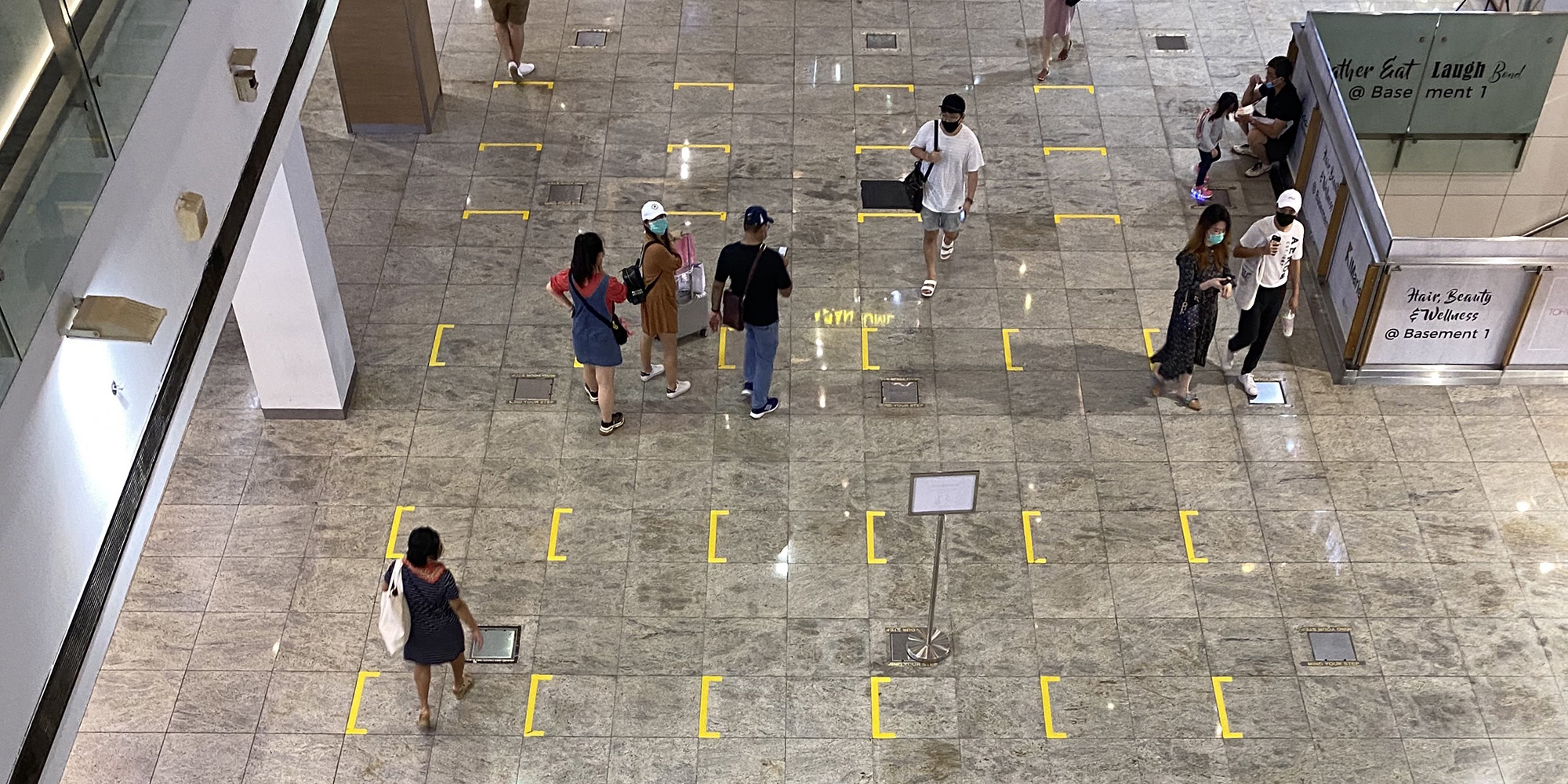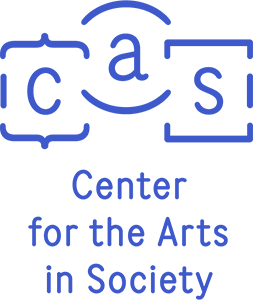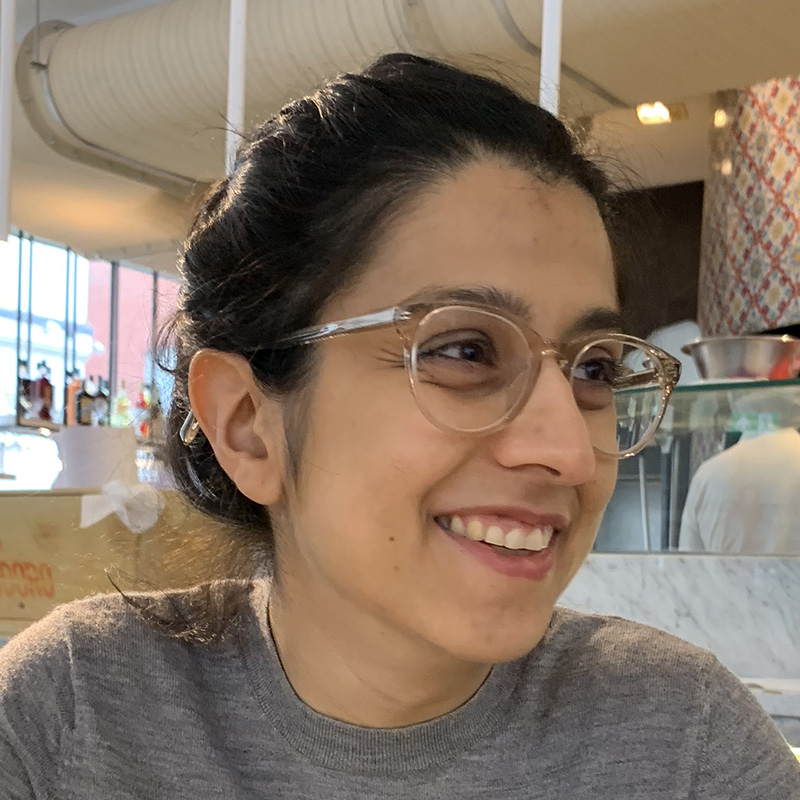
Spaces of Containment and Care
The circulation of viruses and other pathogenic agents is variously shaped by, and calls into action, the form and organization of the built environment. The inequities and injustices of urban space and infrastructure, created by long (and ongoing) histories of segregative and extractive development, configure vastly differentiated experiences of vulnerability. At the same time, the demarcation of hygienic, social, and territorial borders to control disease has often relied on social and racial constructions of purity and filth and on a racialized calculus of “valued and disposable lives”. In the context of the ongoing COVID-19 pandemic, concepts like quarantine, confinement, shutdown, surveillance, social distance, isolation, shelter-in-place, stay-at-home, lockdown, and red zones index a heterogeneous and differentially executed set of spatial responses to disease transmission in global health frameworks. These forms of biopower, as the history urban epidemiological control shows, become inscribed in built form, reinforcing structural hierarchies of race and class.
Yet epidemics also bring multi-scalar practices of care and solidarity into sharp relief. Practices such as creating socio-spatial distance to curb viral transmission “reflect a growing recognition of our social ontology of relationality, and by extension, our responsibility to each other”. Alongside the vacillating mandates of the public health state, activists, organizers, and academics have called for greater attention to protecting the most vulnerable from the social, health, and economic effects of the pandemic. These include grassroots efforts to transcend the violence of containment and isolation through the creation and mobilization of mutual aid networks, advocacy for housing, health, and education equity, and renewed calls for decarceration and abolition.
This project aims to investigate, archive, and reflect on the urban and spatial dimensions of infectious disease transmission and control. It will examine the architectures of containing and controlling infectious diseases, both as sites of often violently imposed boundary-making and heightened division, but also as hopeful instances of care and community wellbeing. Building on critical studies of public health, hygienic modernity, epidemiology, quarantine, disease surveillance, and urban design and planning, the project will analyse the transformative socio-spatial effects of social-distancing and practices of care (and fear) in the ongoing- and post-Covid-19 context (where “post” refers to the as-yet-unknown afterlives of the global pandemic). Through an interdisciplinary methodological framework that includes visual, ethnographic, and historical forms of inquiry, it will examine how different spaces (such as streets, field-hospitals, nation-state borders, parks, markets, informal settlements, sidewalks, and water, waste, and food infrastructures) are marshalled for epidemiological control and the preservation of health by states as well as by communities, and how these mechanisms might reinforce or challenge existing borderlines across race, gender, and class.
The project’s activities and products will include the development of an online archive of spaces, experiments, and designs to rework the built environment for pathogenic control and community care at different scales; ethnographic accounts of social distancing and their implications on people, spaces, and landscapes; and public conversations with scholars, public health actors, designers, and activists conducted in online and in-person spaces. Students at CMU will be involved in the project through research assistantships, an interdisciplinary seminar, and a design studio.
References
Adisa-Farrar, T., 2020. Sheltering In Place & Gentrification: diminishing space for Black people before and during Covid-19. Teju Adisa-Farrar. URL https://www.tejuadisafarrar.com/the-black-urbanist-blog/2020/5/4/sheltering-in-place-amp-gentrification-diminishing-space-for-black-people-before-and-during-covid-19 (accessed 6.23.20).
Bagnato, A., 2020. Staying at Home. E-Flux Architecture.
Bashford, A., 2004. Imperial Hygiene: A Critical History of Colonialism, Nationalism and Public Health. Palgrave Macmillan, Houndmills, Basingstoke, Hampshire ; New York.
Benton, A., 2020. Border Promiscuity, Illicit Intimacies, and Origin Stories: Or what Contagion’s Bookends Tell us About New Infectious Diseases and a Racialized Geography of Blame. Somatosphere. URL http://somatosphere.net/forumpost/border-promiscuity-racialized-blame/ (accessed 4.7.20).
Gilmore, R.W., 2020. The Case for Prison Abolition: Ruth Wilson Gilmore on COVID-19, Racial Capitalism & Decarceration.
Hartman, S. in Evans, B. et al., 2020. The Quarantine Files: Thinkers in Self-Isolation. Los Angel. Rev. Books.
Legg, S., 2020. Who’s New to Social Distancing? PLATFORM. URL https://www.platformspace.net/home/whos-new-to-social-distancing (accessed 5.19.20).
Neely, A.H., Lopez, P.J., 2020. Care in the Time of Covid-19. Antipode Online. URL https://antipodeonline.org/2020/03/10/care-in-the-time-of-covid-19/ (accessed 4.7.20).
Sinha, R., 2020. COVID-19: Social Distancing in Context. Somatosphere. URL http://somatosphere.net/forumpost/covid-19-social-distancing-in-context/ (accessed 4.7.20).
Solnit, R., 2020. “The way we get through this is together”: mutual aid under coronavirus | Rebecca Solnit. The Guardian.
Summers, B.T., 2020. Opinion | What Black America Knows About Quarantine. N. Y. Times.
Weizmann, E. in Evans, B. et al., 2020. The Quarantine Files: Thinkers in Self-Isolation. Los Angel. Rev. Books.
Image by Berny Tan via @tape_measures

